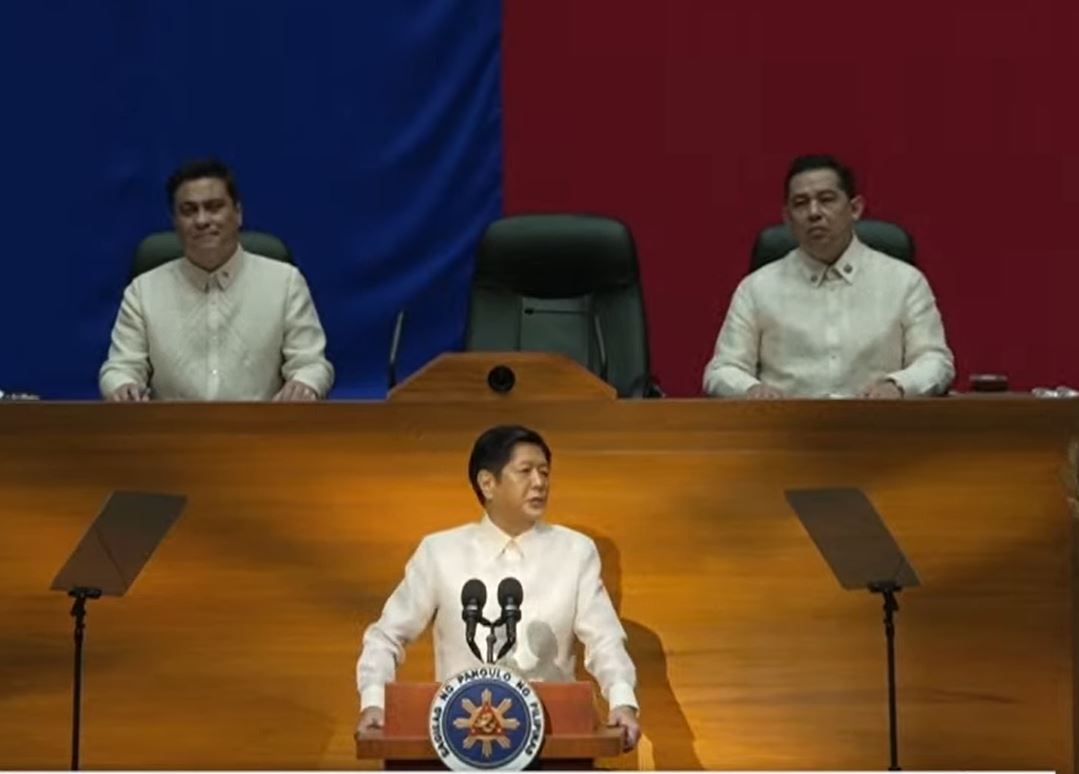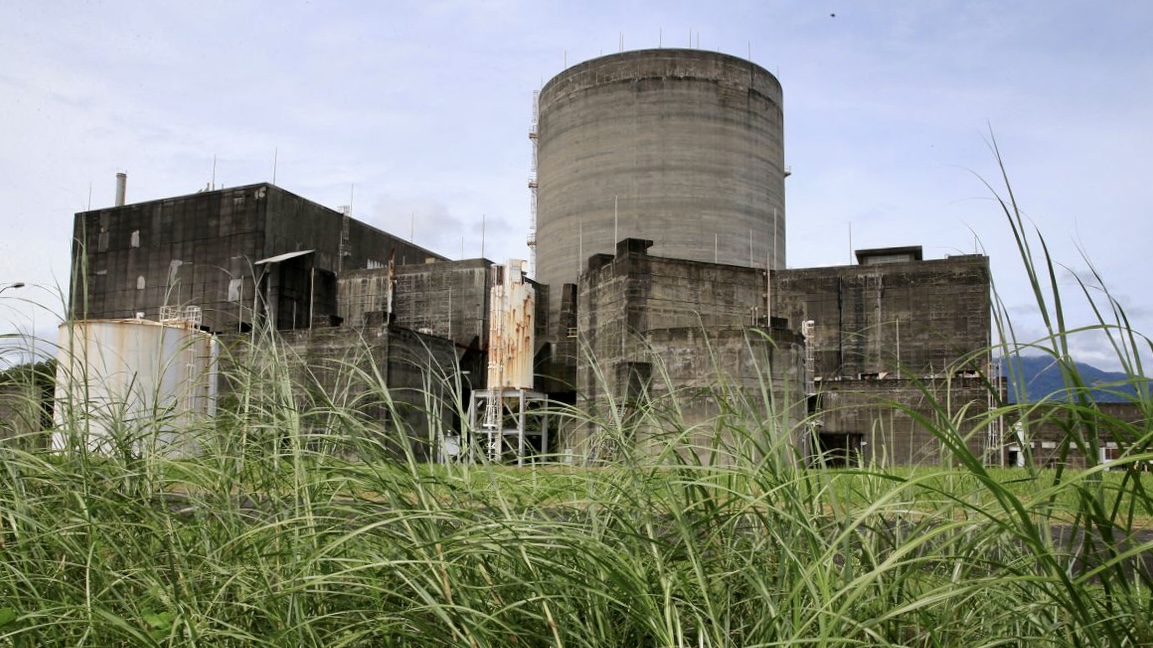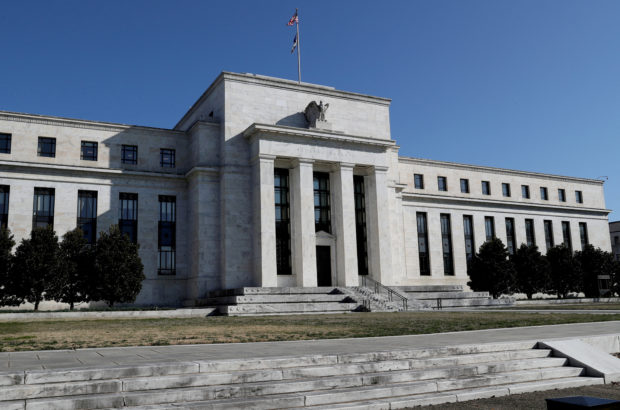[ad_1]
IN March, Manila Electrical Co. (Meralco) cautioned that the surge in crude oil costs globally might result in a rise within the era cost. In actual fact, simply this month, the distributor already introduced a rise within the per kilowatt-hour (kWh) cost. Certainly, this has since resulted in shoppers scrambling to seek out methods to make do with a tighter funds amid the warmest season of the yr. All this has solely amplified longstanding requires the nation to seek out various sources of power, equivalent to renewables.
In 2008, the Arroyo administration signed Republic Act 9513 or the Renewable Vitality Act to speed up the event of the nation’s renewable power assets and scale back our dependence on fossil fuels. Nevertheless, because the regulation’s enactment, the nation stays closely reliant on power sources equivalent to coal. In actual fact, in 2021, the officer-in-charge of the Division of Vitality (DOE) Renewable Vitality Administration Bureau was quoted saying that the share of renewable power within the nation’s energy era composition has really dipped from 34 % to 21 % because the regulation was signed.
Cognizant of this drawback, the drafters of the Nationwide Renewable Vitality Program (NREP) 2020-2040 set a goal of accelerating the share of renewable power to 35 % by 2030 and 50 % by 2040—an goal that has confirmed to be very well timed given the volatility of the value of oil.
This transition to various sources of power has change into a pattern in lots of nations—even oil-producing nations—through the years. As an illustration, in 2021, Saudi Arabia introduced their purpose of getting 50% of its energy combine utilized in electrical energy manufacturing sourced from pure fuel and renewable power sources by 2030. In the meantime, the United Arab Emirates (UAE) additionally introduced final yr its intention to take a position closely in renewable power in keeping with their purpose of reaching net-zero emissions by 2050. With excessive oil costs these days, many analysts, as identified by the Oxford Enterprise Group, have predicted that much more governments would look to growing their respective renewable power assets.
For the Philippines, the missions acknowledged within the NREP embody growing geothermal capability by 75 %; hydropower capability by 160 %; the capacities of biomass, wind, and solar energy; and growing the nation’s first ocean power facility. Assembly these targets, the NREP estimates, would yield a further capability of over 9,800 megawatts by 2030—growing our whole put in capability to round 15,000 MW.
The chance to deploy extra renewable power sources within the Philippines has lengthy been famous. In 2017, the World Broad Fund for Nature famous that the nation has monumental potential for this kind of power, contemplating the Philippines has “no important deposits of fossil fuels.” WWF emphasised that the nation has the capability to additional develop these assets even earlier than 2030.
In the meantime, a parallel dialogue has already began on the prospect of nuclear power. DOE Secretary Alfonso Cusi was quoted stating that they’re actively pushing for nuclear power to reduce the reliance on petroleum imports. Extra importantly, President Duterte has ordered the institution of an inter-agency committee to look at the feasibility of incorporating nuclear power within the nation’s energy combine. In actual fact, the DOE has introduced a plan to restart the Bataan Nuclear Energy Plant (BNPP), which was constructed in 1984 however was by no means operational.
Many nations at the moment are contemplating this kind of power. One compelling draw is its low carbon footprint. Based on nuclear gas cycle firm Orano, nuclear energy “emits 70 instances much less CO2 than coal, 40 instances lower than fuel, 4 instances lower than photo voltaic power, two instances lower than hydroelectricity and the identical quantity as wind power.”
Nevertheless, as a result of disastrous results of nuclear accidents witnessed everywhere in the world, it’s anticipated that the debates for or towards nuclear power would go on for a few years—particularly on the prospect of reviving the mothballed BNPP, which the DOE estimated would price $1 billion over 4 yr.
The attendant points however, the Philippines ought to nonetheless actively discover and develop various sources of power. Doing so wouldn’t solely assist with world efforts to cut back carbon emissions and reply to the existential menace of local weather change. It will additionally scale back the adverse influence on marginalized sectors of excessive power costs, and the knock-on results on fundamental items and companies. With the Duterte administration coming to a detailed, it will be significant for his successor to observe via and enhance upon what has already been accomplished in direction of main our nation to a extra “inexperienced,” and energy-secure future.
Senator Sonny Angara has been in public service for 15 years—9 years as Consultant of the Lone District of Aurora, and 6 as Senator. He has authored and sponsored greater than 250 legal guidelines. He’s presently serving his second time period within the Senate.
E-mail: sensonnyangara@yahoo.com| Fb, Twitter & Instagram: @sonnyangara

[ad_2]
Source link

















